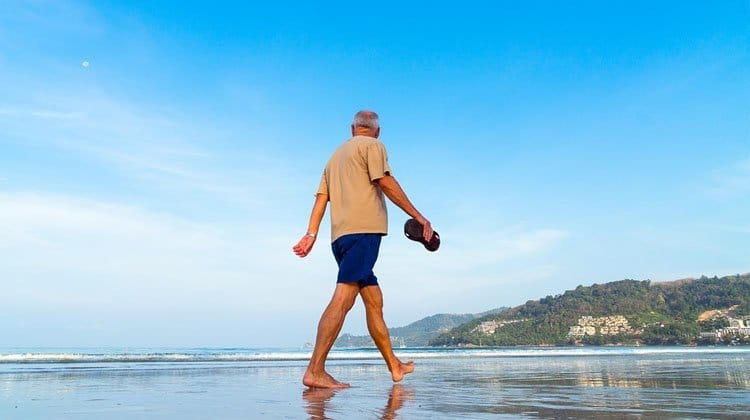As your loved ones get older, the likelihood of a serious fall becomes an ever increasing concern. What if they are by themselves and can’t get up? What if they break a bone? How should I lift them if I am there? Thankfully, these questions don’t need to keep us up at night, as there are several precautionary measures and appropriate techniques we can apply to minimize potential risks. Here are five essential points to help you deal with these worries.
Encourage Open Communication
In many cases, older adults tend to keep their accidental falls a secret, hoping to avoid any troubles for their family by hiding their frailty. This is understandable, as the loss of independence can be a terrifying idea, which is why it is even more important that you help them feel comfortable with an open line of honest communication.
Approach the sensitive topic with a friendly compassion, and listen to what they have to say. Without being overbearing, ensure they understand that these types of incidents are common occurrences, and are nothing to be ashamed of. Reassure them that you are always there if they need help, and suggest that they regularly visit a physiotherapist whilst getting involved in as much physical activity as possible.

General Fall Prevention
If a senior has a history of falling, you need to take extra careful precautions to avoid these repeated mishaps. One of the most crucial steps, is to discuss any medication they may be currently taking. If they express concerns about frequent dizziness or trouble with their balance, recommend they have a conversation with their doctor or pharmacist about it, requesting that their prescription is fully reviewed at the next renewal.
You should also get in the habit of checking that their footwear is suitably stable, that they are regularly getting their eyes checked, and asking if they are willing to introduce a walking stick into their lives.
House Proofing
One of your greatest lines of defense is to adapt the environment around your elders, modifying their home to be a safer area of comfort. You should visit their household often and take note of anything that could be hazardous, then proposing solutions to adjust the risk accordingly. Look out for things they could trip over (like throw rugs or phone cords), and ensure the house’s general lighting is bright enough. You should also consider installing grab bars in the bathroom, which could be a literal lifesaver when the floor tiles get wet and slippery.
Recently, medical alert systems for seniors have become invaluable assets for a deeper peace of mind. In the case of an emergency, a simple button press will alert the device’s designated contacts, and in a very short time, there will be help at the door. Whether a next of kin, a neighbor, or even emergency services, this type of instantaneous response can be essential for the safety of your loved ones.
What to Do Immediately After a Fall
All the prevention in the world cannot avoid the simple fact that people do fall, and when this happens, we need to be aware of the correct ways to handle the situation. First and foremost, you must insist that they stay put and not make any sudden movements. Rather sit down on the floor, and reassure them that the best thing they can do is take a moment to evaluate their current condition. Your main priority here is to keep them calm whilst establishing if any injuries have occurred.
If it becomes obvious that they are in pain or something has gone wrong, do not even attempt to move them in any way. Rather place a pillow under their head, call emergency services, and then continue to calmly chat with them until help arrives.
Lifting Them Back Up
If there is no evidence of trauma and you are certain that they are ok, then your plan of action is to take everything as slow as possible. You should only be there to lend a supporting hand, allowing them to do most of the work in their own time. The best technique of doing so, is to instruct them to gradually roll onto their side, and then if they can, up onto their knees. From this position, place a chair behind their back and help lift them to sit on it. Once again, these movements must be performed in slow motion, and should be stopped immediately if any sudden pain flares up. If this does happen, rather lay them back down and call for additional assistance.
Take a moment to practice these procedures with those close to you, as this preparation will ease any overall concerns. And then hopefully, with the proper groundwork in place, everyone should be back on their feet in no time.

